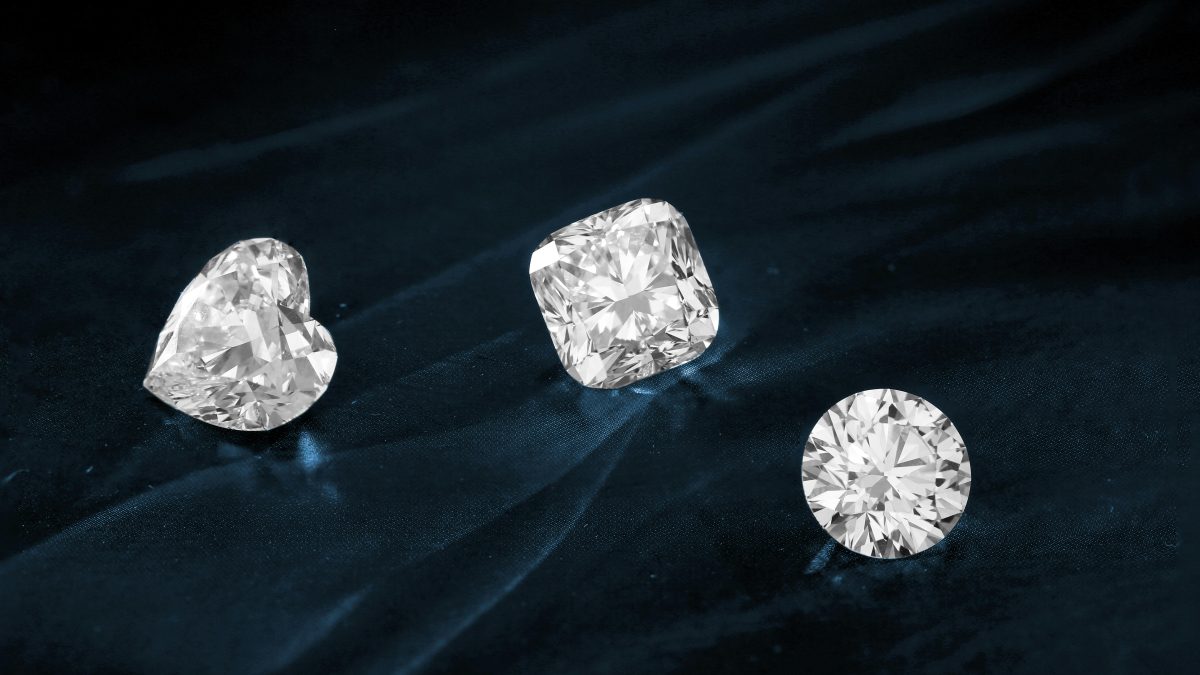Embarking on the journey of buying loose diamonds is an exhilarating adventure. As labgrown.com points out, it involves a multitude of factors, from grasping diamond quality to ensuring authenticity. Therefore, it is crucial to study this world carefully, ensuring that your hard-earned money finds genuine loose diamonds.
The gemstone world can be complex for anyone who does not have enough knowledge about it. That is where this guide comes in. With expert guidance, you can make real deals and avoid swindles that may lead to huge losses. This guide will walk you through the steps to purchase loose diamonds, providing the support and guidance you need to guarantee their authenticity.
Table of Contents
Understanding the 4Cs
Before delving into authenticity, it is crucial to understand the 4Cs of diamonds: Cut, Color, Clarity, and Carat weight. These four characteristics determine a diamond’s quality and value:
- Cut: This refers to how well the diamond has been faceted and shaped. A well-cut diamond reflects light beautifully, enhancing its brilliance. Common cut shapes include round, princess, emerald, and oval.
- Color: Diamonds range from D (colorless) to Z (light yellow or brown). Colorless diamonds are the most prized and expensive. However, fancy-colored diamonds, such as blue or pink, are also highly valued.
- Clarity: Clarity measures the presence of external or internal imperfections, known as inclusions and blemishes, respectively. The clarity scale ranges from Flawless (no blemishes or inclusions visible under 10x magnification) to Included (inclusions visible to the naked eye).
- Carat Weight: This measures a diamond’s size. Larger diamonds are rarer and thus more expensive. However, carat weight alone doesn’t determine a diamond’s value; the other Cs play significant roles.
Ensuring Diamond Authenticity
There are various considerations to make when buying loose diamonds. Here is what you need to do to make the proper loose diamond purchase:
1. Purchase from Reputable Sources
Always purchase from reputable jewelers or dealers to ensure you buy a genuine diamond. Look for established businesses with positive reviews and professional affiliations, such as the Jewelers of America (JA) or the American Gem Society (AGS). Reputable sellers will have a transparent return policy and offer product guarantees.
2. Request a Grading Report
A grading report is an official document from reputable gemological laboratories that describes a diamond’s characteristics based on the 4Cs. The report provides an unbiased assessment of the diamond’s quality and authenticity. When buying a loose diamond, always request and verify this report.
3. Inspect the Diamond
If possible, inspect the diamond personally or have it inspected by a trusted gemologist. A loupe or microscope can help examine the diamond’s inclusions, cut quality, and other characteristics mentioned in the grading report. This step allows you to verify that the diamond matches the details on its certificate.
4. Verify Laser Inscriptions
Many certified diamonds have laser inscriptions on their girdles. These inscriptions, often the certificate number, are invisible to the naked eye but observable under magnification. Matching the inscription with the grading report adds an extra layer of assurance regarding the diamond’s authenticity.
5. Test for Authenticity
Several tests can help confirm a diamond’s authenticity. While you can do some at home, others require professional equipment:
- Water Test: Real diamonds have high density and will sink in water. Drop the loose diamond in a glass of water; if it sinks, it is likely real. However, this test alone is not foolproof.
- Fog Test: Breathe on the diamond like on a mirror. A real diamond will disperse the fog immediately due to its excellent thermal conductivity, whereas a fake will stay fogged for a few seconds longer.
- UV Light Test: Some diamonds fluoresce blue under ultraviolet (UV) light. Although this test is inconclusive, it can help distinguish diamonds from other gemstones.
- Professional Testing: For a definitive answer, take the diamond to a jeweler or gemologist who can use advanced equipment, such as a diamond tester or spectroscopy, to confirm its authenticity.
Avoid Common Scams
Be cautious of deals that seem too good to be true or sellers who pressure you to make a quick decision. Always insist on viewing the diamond and its certification before making a purchase.
Final Thoughts
Buying loose diamonds requires careful consideration and knowledge to ensure authenticity. You can make a confident and informed purchase by understanding the 4Cs, purchasing from reputable sources, requesting a grading report, and thoroughly inspecting the diamond as explained.

